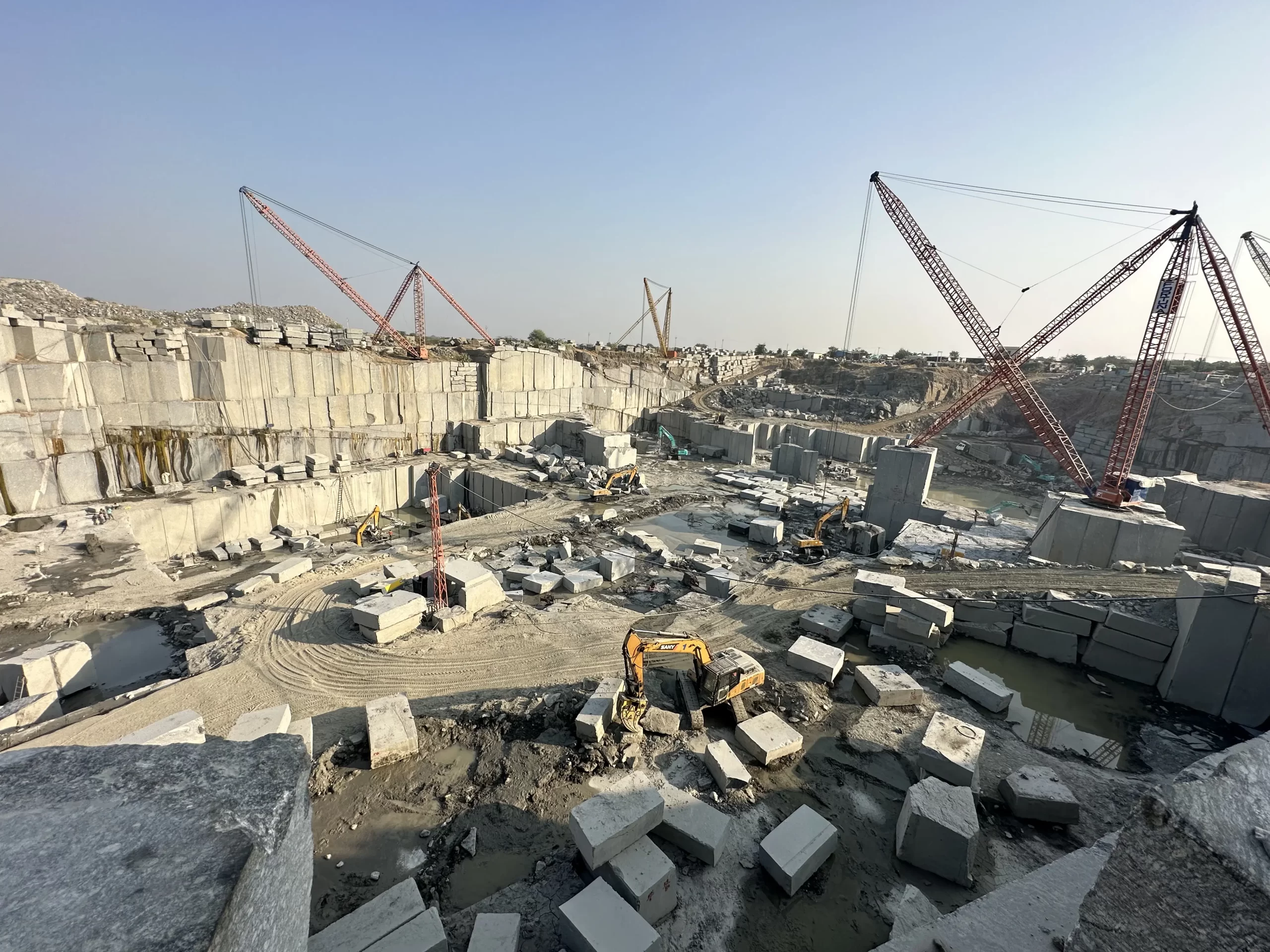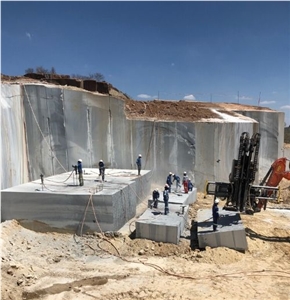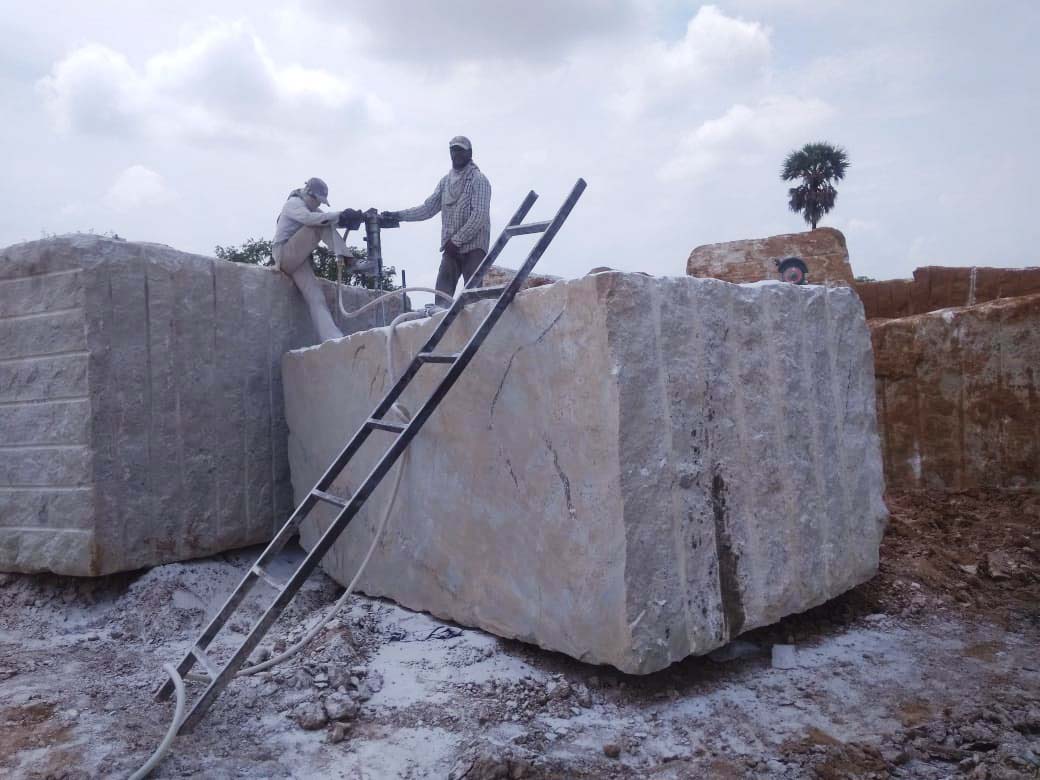Unearthing the Rich History and Sustainable Practices of Granite Quarrying
As we depend on the precipice of revealing the detailed tapestry of granite quarrying, a trip through time discloses not just the physical act of extracting stone however additionally the cultural and historical relevance woven into the extremely textile of this method. From the old beginnings that laid the foundation for modern-day quarrying strategies to the lasting practices that are forming the future of this market, each carve mark on granite surface areas narrates waiting to be discovered (granite quarries in south africa). The heritage of granite quarrying stretches far beyond simple removal; it is a testimony to human resourcefulness, durability, and the enduring allure of this stunning stone
Old Beginnings of Granite Quarrying
Dating back to old worlds, the method of quarrying granite has been an important component of human background and building development. The earliest evidence of granite quarrying dates back to old Egypt, where massive pyramids and elaborate sculptures were crafted from this durable stone. The Egyptians utilized primitive tools to remove granite blocks from quarries, showcasing the relevance of this product in their monumental buildings.
Moving onward in background, the Greeks also made significant contributions to the quarrying of granite. The Greeks utilized granite in various architectural marvels, such as holy places and statuaries, demonstrating their skill in shaping and carving this hardy rock. The Romans further fine-tuned the methods of quarrying granite, using innovative tools like knives and hammers to essence and form granite for their iconic frameworks.
With the centuries, the practice of quarrying granite has actually progressed, with modern innovations enhancing effectiveness while preserving the classic charm of this all-natural stone - granite quarries in south africa. From old human beings to modern building contractors, the legacy of granite quarrying continues to form our world
Evolution of Quarrying Techniques
The evolution of quarrying techniques has actually been noted by a continuous development towards better efficiency and accuracy in extracting granite. From the rudimentary techniques employed by our forefathers to the sophisticated innovations used in modern-day quarrying procedures, the sector has actually gone through substantial advancements. Early quarrying methods entailed manual work with basic devices such as chisels, hammers, and wedges to remove granite blocks from the earth. As people proceeded, techniques like fire-setting and primitive explosives were introduced to promote the removal process.
Innovations in computer-controlled tools and 3D modeling have enhanced quarrying operations, leading to minimal ecological influence and boosted sustainability practices. As the need for granite proceeds to rise, the evolution of quarrying techniques remains essential to meeting market requires efficiently and sustainably.
Social Relevance of Granite
Granite holds an extensive cultural value throughout different human beings because of its long-lasting existence in architectural masterpieces and revered monoliths. From the impressive pyramids of Egypt to the detailed carvings of the Angkor Wat holy place in Cambodia, granite has actually been a product of selection for sharing grandeur and longevity in cultural heritage. In old Rome, granite columns adorned holy places and public structures, symbolizing toughness and durability. The cultural value of granite prolongs beyond its physical characteristics; it symbolizes durability, security, and eternity, making it an icon of enduring legacies and practices.

Lasting Practices in Quarrying
In the middle of the rich history of granite quarrying and its cultural importance exists a growing emphasis on sustainable methods within the sector. As ecological awareness and issues about resource depletion have actually heightened go to website internationally, the quarrying market has progressively accepted lasting methods to lessen its influence on the setting and bordering neighborhoods.

Additionally, recovery and rehabilitation of quarry sites post-extraction are important to sustainable techniques. By recovering quarried locations to an all-natural or beneficial state, such as developing wild animals environments or leisure areas, quarriers can offset the environmental footprint of their procedures resource and contribute positively to the regional ecological community.
Tradition of Granite Quarrying
With a historic background soaked in workmanship and industrial progression, what sustaining impact has granite quarrying left on the landscape of modern society? The tradition of granite quarrying transcends simple removal methods; it has actually shaped architectural marvels, urban landscapes, and cultural heritage worldwide. The long lasting nature of granite has actually made it a recommended selection for monoliths, buildings, and infrastructure, standing as a testament to the skill and virtuosity of quarry employees throughout generations.
Furthermore, the economic impact of granite quarrying can not be overlooked. The industry continues to offer job opportunity and drive local economic climates in areas where granite removal prevails. It has also stimulated technological improvements in quarrying strategies and devices, resulting in a lot more effective and lasting methods.
In regards to sustainability, the heritage of granite quarrying consists of initiatives to reduce environmental effects through recovery jobs and accountable resource monitoring. By balancing financial rate of interests with environmental stewardship, the market strives to ensure that future generations can continue to profit from this enduring natural deposit.
Final Thought
